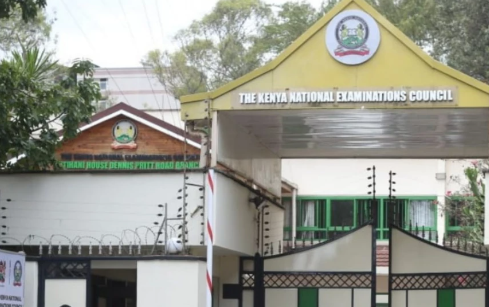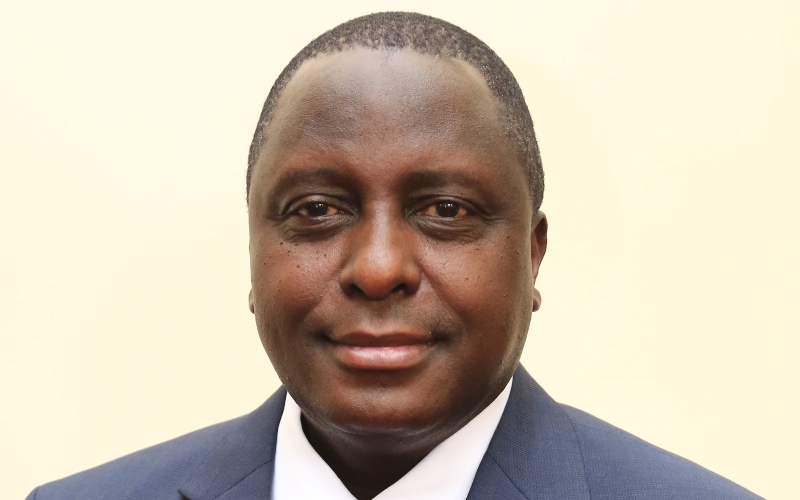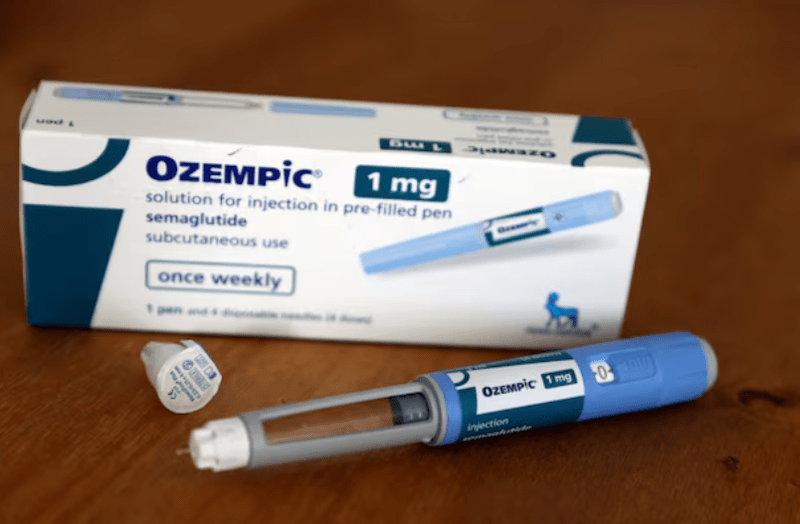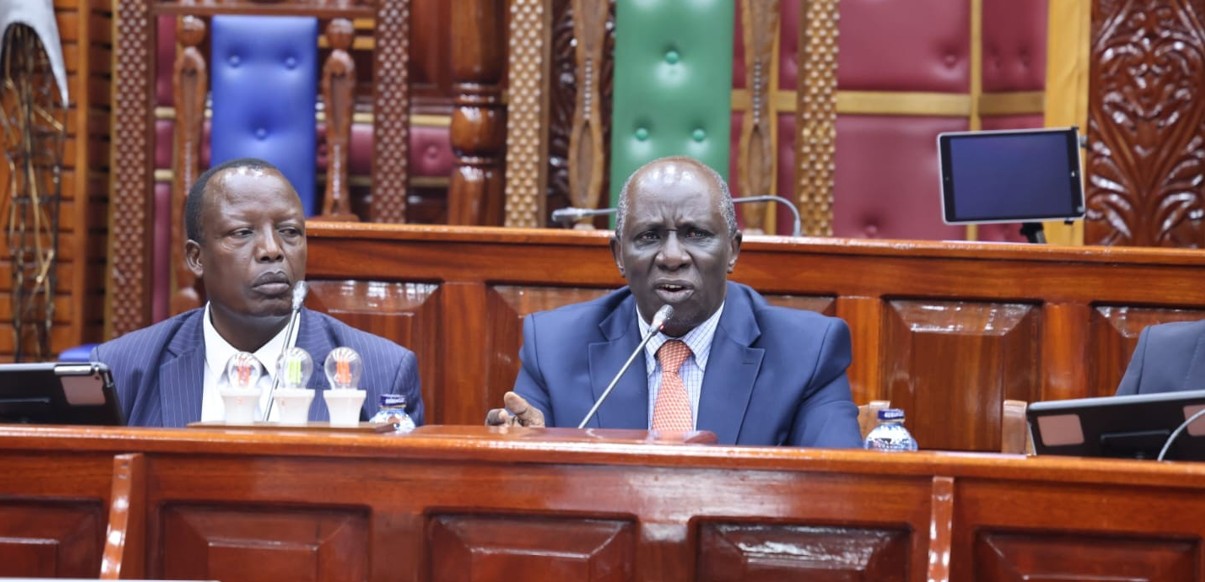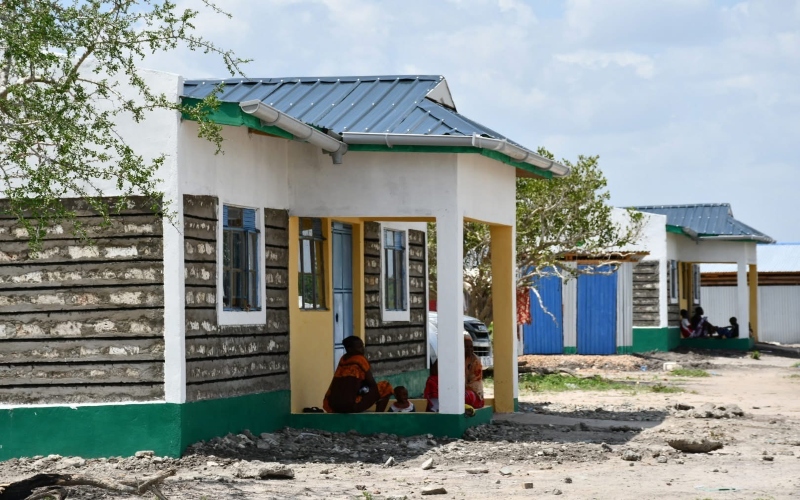Local health facilities generate Sh18 billion, boosting county revenues
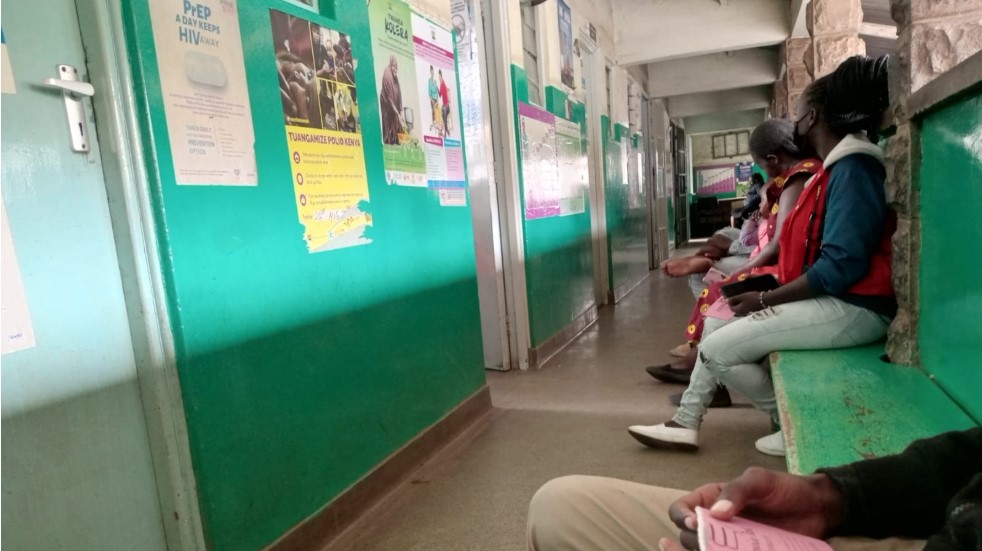
The increase follows the rollout of the Facilities Improvement Fund, established after the enactment of the Facilities Improvement Financing Act, 2023.
Revenue collected from local health facilities across the country surged to Sh18 billion in the financial year ending June 2024, tripling from the previous year, a report by the Parliamentary Budget Office (PBO) has revealed.
The surge follows a policy shift that allowed county governments to directly collect and reinvest funds from these institutions, a move aimed at strengthening healthcare services and advancing universal health coverage.
More To Read
- Turkana marks World AIDS Day with stark warning over rising HIV infections
- Parliamentary Budget Office warns Sh2.2 trillion projects at risk over funding delays
- Treasury’s plan to abolish six development authorities raises fears over 423 projects, 1,500 jobs
- Court of Appeal postpones hearing on constitutionality of Health Acts
- How Riruta’s upgrade to Level IV hospital is transforming healthcare across Dagoreti
- Ruto targets faster healthcare access with KEMSA direct medicine deliveries to hospitals
The PBO notes that revenue generated by counties from health centres rose from Sh6 billion in the 2022/23 financial year, significantly boosting the devolved units' own-source revenue (OSR).
The increase follows the rollout of the Facilities Improvement Fund (FIF), established after the enactment of the Facilities Improvement Financing Act, 2023. The FIF allows county governments to collect funds from primary health centres and reinvest them into the same facilities.
"The operationalisation of the FIF has been very successful, with the counties collecting Sh18 billion in OSR from the health sector in FY 2023/24 compared to Sh6 billion in the financial year 2022/23," reads the report.
Counties potential
"This is an indication of the potential counties have when provided with appropriate incentives."
Overall, OSR collected by counties reached a record Sh58.95 billion in the same period, largely driven by the increased revenue from health facilities, which now account for 30 per cent of the devolved units' locally generated income.
This represents a 55 per cent increase from the Sh37.81 billion collected in the previous financial year, although it still falls 27 per cent short of the year's target of Sh80.94 billion.
The FIF was introduced as part of President William Ruto’s healthcare reforms aimed at promoting Universal Health Coverage (UHC).
The fund is supported by user fees collected from local health facilities, along with other financial sources, and is intended to develop primary healthcare facilities, particularly in rural areas.
The Act that established the fund also introduced measures to ensure more secure and accountable management of funds, preventing county treasuries from reclaiming unspent money from the kitty. The system is designed to strengthen local healthcare infrastructure, reinforcing efforts to achieve universal health coverage.
However, the parliamentary expert group behind the report has recommended additional financial support for FIF. It suggests that at least 40 per cent of the funds allocated to the Sports, Arts, and Social Development Fund (SASDF) — which finances sports, social projects, and UHC—should be directed towards the FIF to enhance its impact.
The PBO further urged the government to ensure that the newly formed Social Health Authority (SHA) adheres to the requirement of settling claims within 90 days, particularly for primary healthcare facilities, to support their efficient operation.
Top Stories Today
